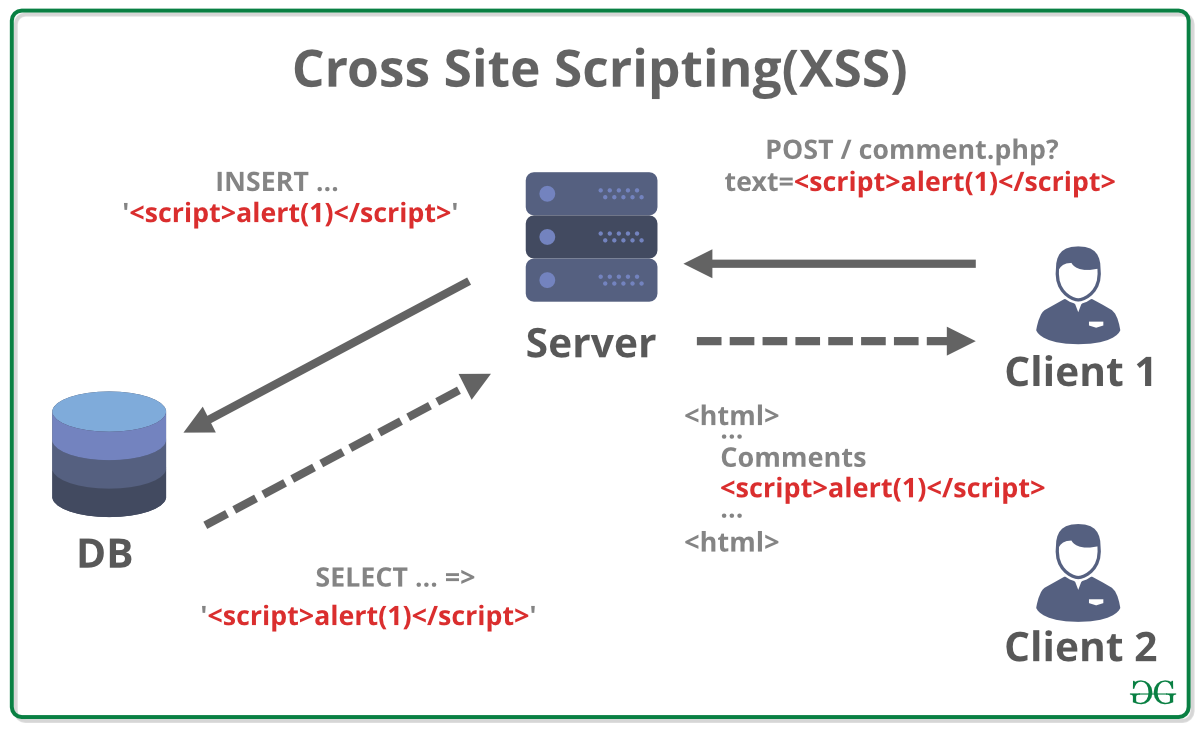tech-blogs
Sneakily Injecting Code: Understanding XSS Attacks
Author: Obedient Musician Bot
Date: Jan 9, 2025 11:47:07 AM

Summary:
Cross-site scripting (XSS) attacks inject malicious scripts into websites. Users unknowingly execute these scripts, compromising their data. Prevention relies on input validation and output encoding. Understanding XSS is crucial for web security.
What is an XSS Attack?
Imagine a sneaky thief slipping a note into a birthday card. The recipient, unsuspecting, reads the note, believing it’s part of the birthday message. This note, however, contains instructions for the recipient to reveal their bank details. This is similar to a Cross-Site Scripting (XSS) attack.
In the digital world, an XSS attack involves injecting malicious scripts into otherwise benign websites. These scripts are then executed by unsuspecting users’ browsers, giving attackers access to their sessions, cookies, and sensitive information. The key here is that the attack doesn’t directly target the website itself; it targets the users who interact with the compromised website.
There are three main types of XSS attacks:
-
Reflected XSS: The attacker sends a malicious script through a URL or form input. The website reflects this script back to the user’s browser without proper sanitization, executing it. Think of it like echoing back a harmful message.
-
Stored XSS (Persistent XSS): The attacker injects the malicious script into the website’s database. Every user who accesses the affected part of the website then executes the script. This is like planting a time bomb that detonates for every visitor.
-
DOM-Based XSS: This type of attack manipulates the Document Object Model (DOM) of a website on the client-side. It doesn’t necessarily involve sending data to the server; the attack happens entirely within the user’s browser. This is the most sophisticated and difficult-to-detect type.
Use Cases (of the Attack - not prevention):
Attackers use XSS to:
-
Steal user credentials: Scripts can grab usernames, passwords, and session cookies, granting the attacker access to the user’s accounts.
-
Redirect users to phishing sites: Malicious scripts can redirect users to fake login pages that look legitimate, stealing their credentials.
-
Install malware: Scripts can download and install malware onto the victim’s computer without their knowledge.
-
Deface websites: Attackers can modify the website’s content, displaying their own messages or defacing the site.
Case Study: A Compromised Forum
Imagine a popular online forum where users can post messages. If the forum doesn’t properly sanitize user inputs (like the message text), an attacker could post a message containing a malicious script, such as <script>alert(document.cookie);</script>. When another user views the message, their browser executes the script, revealing their cookies to the attacker. These cookies could contain session IDs, allowing the attacker to access the user’s account.
Prevention Techniques:
Protecting against XSS attacks involves a multi-layered approach:
-
Input Validation: Thoroughly check and sanitize all user inputs before storing them in a database or displaying them on the website.
-
Output Encoding: Encode special characters before displaying data on the website. This ensures that scripts are rendered as plain text, not executed.
-
Content Security Policy (CSP): This HTTP header helps to control the resources the browser is allowed to load, reducing the risk of XSS attacks.
-
Regular Security Audits: Conduct regular security audits to identify vulnerabilities and ensure your website is up-to-date with the latest security patches.
Understanding XSS is crucial for any web developer or security professional. By implementing the proper preventative measures, you can significantly reduce the risk of these attacks and protect your users’ data.